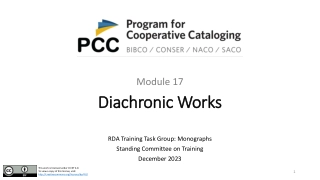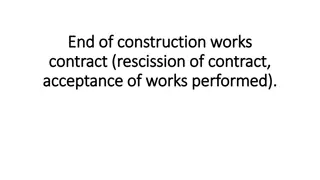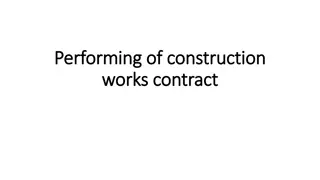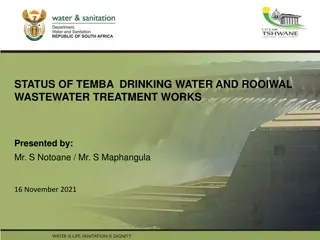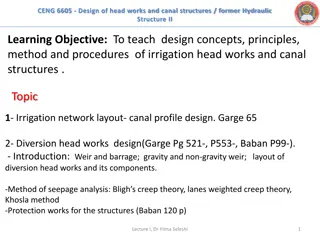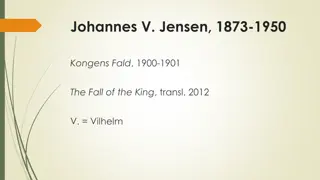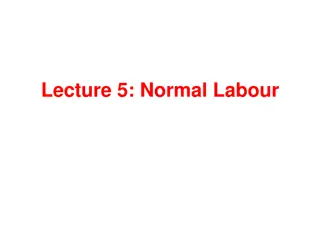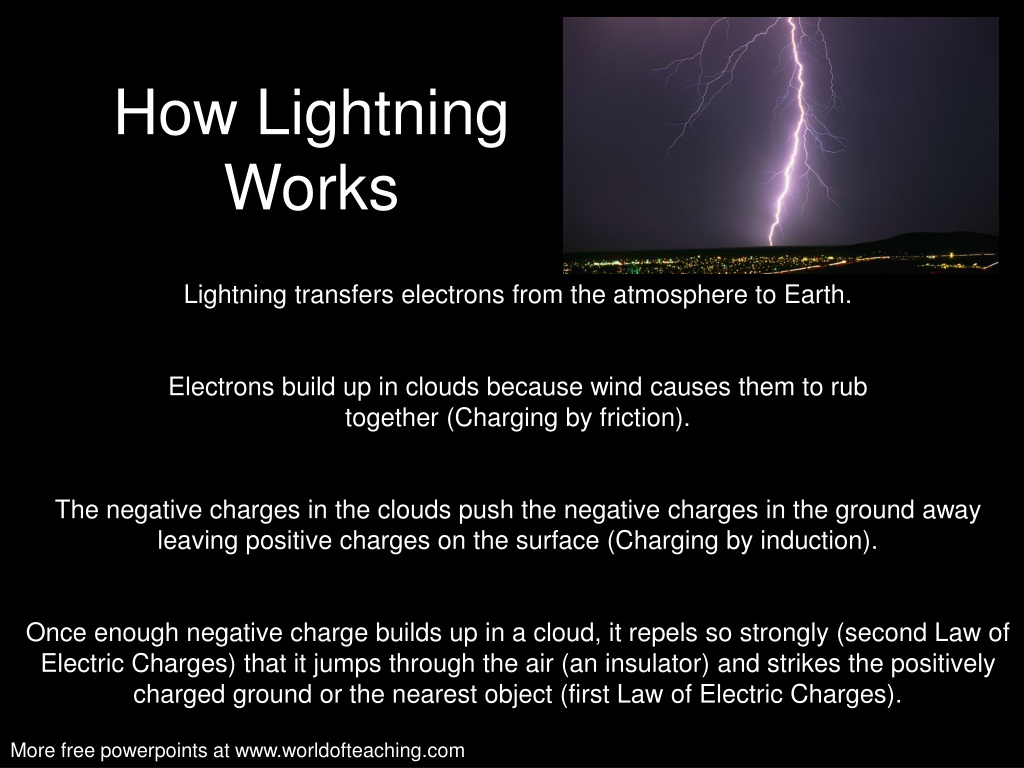
Unveiling the Mechanics of Lightning and Lightning Rod Protection
Lightning is a natural phenomenon where electrons transfer between the atmosphere and Earth, culminating in a sudden discharge of energy. This process involves the buildup of negative charges in clouds through friction and induction, leading to lightning strikes. Lightning rods play a crucial role in protecting structures by safely diverting electrical charges to the ground. Learn more about the fascinating dynamics of lightning and how lightning rods safeguard against strikes.
Download Presentation

Please find below an Image/Link to download the presentation.
The content on the website is provided AS IS for your information and personal use only. It may not be sold, licensed, or shared on other websites without obtaining consent from the author. Download presentation by click this link. If you encounter any issues during the download, it is possible that the publisher has removed the file from their server.
E N D
Presentation Transcript
How Lightning Works Lightning transfers electrons from the atmosphere to Earth. Electrons build up in clouds because wind causes them to rub together (Charging by friction). The negative charges in the clouds push the negative charges in the ground away leaving positive charges on the surface (Charging by induction). Once enough negative charge builds up in a cloud, it repels so strongly (second Law of Electric Charges) that it jumps through the air (an insulator) and strikes the positively charged ground or the nearest object (first Law of Electric Charges). More free powerpoints at www.worldofteaching.com
Lightning Rods This figure shows how a lightning rod can protect a house from a lightning strike. A metal rod is attached to the highest part of the building. A conductor is connected from the metal rod to a metal plate in the ground. If lightning strikes the rod, the conductor carries the negative charges safely into the ground.

